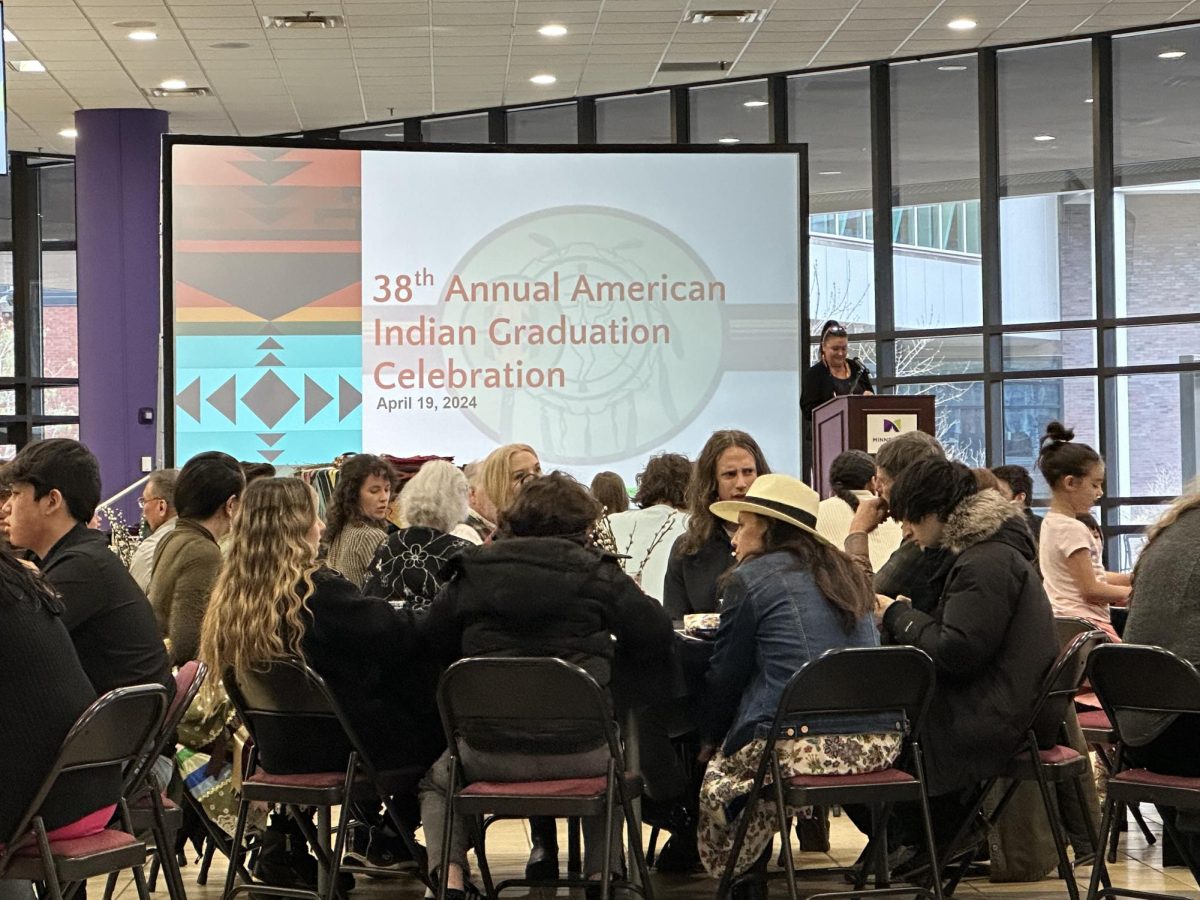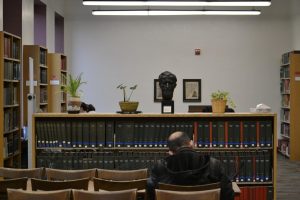On New YearâÄôs Eve, 1904, an intern at a Chicago hospital made note of a peculiar finding. Through his microscope Ernest Irons saw dozens of healthy round blood cells and a small number of skinny, curved blood cells, as if some healthy cells had been pinched between a thumb and a finger. In the corner of the âÄúEXAMINATION OF BLOODâÄù form he filled out that day, Irons drew four little curved lines to illustrate his discovery. IronsâÄô patient was the subject of a 1910 paper by Chicago doctor James Herrick, who would later gain fame as the first doctor to identify the heart attack. HerrickâÄôs paper documented a physical examination and history of the patient, a 20-year-old black man from Grenada. What Irons and Herrick had found was sickle cell disease, a hereditary condition with painful, chronic and sometimes fatal complications. Sickled cells do not slide easily through smaller blood vessels like healthy cells. They catch, become wedged and obstruct the vessels, preventing oxygenated blood from reaching that part of the body. Sickle cell disease can result when two carriers of the sickle gene have a child. These carriers are said to have sickle cell trait, a condition which is present in an estimated one in 12 black Americans. Only 4 percent of Americans that have the trait are not black. A changed life Bobby Engram âÄôs life was nearly complete. He was young, well-paid and catching touchdown passes for the Chicago Bears. He was married to his college girlfriend. The only thing missing was children. And yet, in completing his life, Engram found that it had changed altogether. EngramâÄôs daughter Bobbi, now 11, was born with sickle cell disease. He and his wife had unknowingly carried the trait all of their lives and passed it to their daughter. Engram said that he and his wife would have made the same decision even if they had known their status. But what troubles him is that they did not. âÄúMe and my wife both went to Penn State, we both graduated,âÄù Engram said. âÄúEducated people. But we had no idea that we had sickle cell trait. So why is that?âÄù Putting words to pain What medical experts know about sickle cell is that not enough is known. Not by researchers, not by oblivious carriers and not even by those whose lives have been pinched by sickle cell disease. Carlton Haywood , a black bioethicist at Johns Hopkins University who was born with sickle cell disease, said that in the 1970s mass sickle cell screening programs took place across several states. The programs brought great anxiety to some of those who tested positive for the trait. They thought the trait might someday develop into the disease. They thought the trait, which is considered benign, and the disease, which on average shortens a personâÄôs life by 25 years, were the same thing. So did the U.S. government. When the National Sickle Cell Anemia Control Act was passed in 1972 it stated that âÄúTwo million Americans suffer from sickle cell disease.âÄù In fact, this was the estimated number with sickle cell trait. Others were not even told what carrying the trait meant, and went on to marry and have children with other carriers. These children were often born with the disease. Haywood knows the risk of not knowing. Earlier in his life, Haywood experienced what is called a sickle cell âÄúcrisisâÄù four or five times a year. These crises pulled him from school and work for long periods. He was in and out of hospitals and on and off strong pain medicine prescriptions. The pain throbbed in his muscles and cut into his bones for weeks on end. Haywood, a man of expansive vocabulary and measured, quantified speech, said, âÄúItâÄôs hard to put words to it.âÄù So incomplete is the knowledge of sickle cell disease that Haywood does not know how many Americans share his affliction. Some estimates say 50,000 people have the disease. Others say twice that many. As a black man and a student of sickle cellâÄôs history, Haywood thinks that one of the contributing factors in the lack of adequate research is that it was so long considered a âÄúblackâÄù issue. In fact, sickle cell trait is prevalent in all populations that are affected by malaria. Carriers of sickle cell trait are better able to survive the mosquito-borne disease, which explains why sickle cell trait is common in Mediterranean and South American populations. HaywoodâÄôs mother knew her status before Haywood was born, but his father did not. Haywood said that although his father was innocent in passing on the gene, it still affected him. âÄúMy father in particular felt a strong sense of guilt for the longest time,âÄù Haywood said. âÄúAnd for the longest time he was not able to really comfortably talk about it, even among his friends and family.âÄù HaywoodâÄôs colleague Dr. Sophie Lanzkron , the director of the Sickle Cell Center for Adults at Johns Hopkins University, said his fatherâÄôs negligence is common. According to Lanzkron, sickle cell disease is almost always detected at birth in the United States, but those carrying the trait often enter adult life with no knowledge of the risk for their children. Haywood said that the ignorance of the early 20th century and the confusion of the 1970s have been replaced by greater awareness today. But according to Lanzkron, young adults today who have sickle cell trait often do not know, even if they tested positive at birth and their parents were notified. Lanzkron said her physicianâÄôs assistant went to Morgan State , a historically black college in the Baltimore area, and found that hardly any students were certain of their genotype. An aspect missing Adrienne Todd-Walden , who is the executive office and administrative specialist at the University of MinnesotaâÄôs African American and African Studies department, has Thalassemia , a blood disease which can be passed on by sickle trait carriers. But Walden is fortunate: her Thalassemia is asymptomatic, and has never caused a health problem, she said. Walden could, though, have passed on her genes to her children. This risk was amplified when it was discovered that her husband, who is white, carried sickle cell trait. But WaldenâÄôs two children, a boy, 9, and a girl, 6, do not even have the trait. âÄúTheyâÄôre fine,âÄù she said. âÄúHappy, healthy, brilliant. Keep me busy.âÄù Bobby Engram, too, had two healthy sons who do not carry the trait after his daughter Bobbi was born. Engram, who started the Bobby Engram Foundation to raise money to fight sickle cell disease after the birth of his daughter, said that her illness changed his life. He grew up fast, he said, and so did his daughter. Engram said that his daughterâÄôs illness changed an aspect in his inner circle that he feels is missing in the black community: an openness about medical issues. âÄúIt got me and my family talking,âÄù Engram said. âÄúI know itâÄôs gotten a lot of other families talking. But itâÄôs not nearly enough.âÄù










